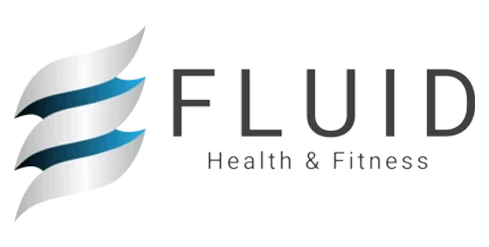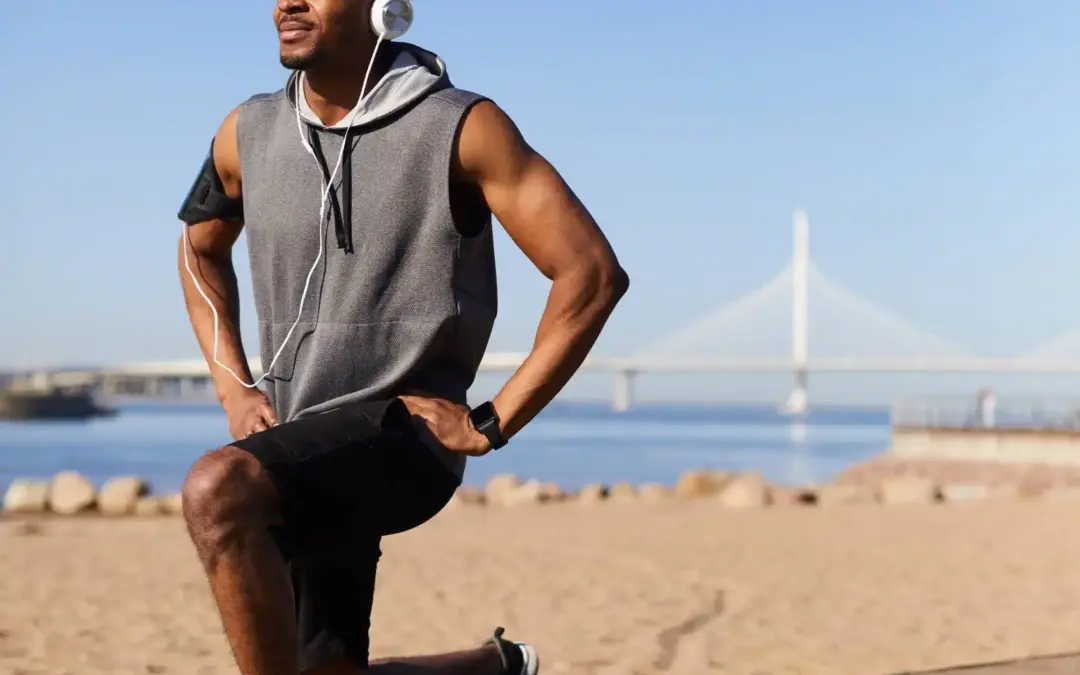Introduction
Week 1 of the Applied Fundamentals course at Fluid Health and Fitness initiated our comprehensive exploration of sagittal plane stance mechanics. The sagittal plane—responsible for flexion and extension, or front-to-back movement—plays a critical role in maintaining postural alignment, joint stability, and movement efficiency. Our focus this week spanned from the cervical spine down to the hips and knees, outlining the foundational movement principles and postural baselines needed for sustainable biomechanics.
Guided by the Fluid Movement System (Assess, Adjust, Achieve), you learned how to identify misalignments, apply corrective strategies, and evaluate progress across cervical, thoracic, and lower-extremity mechanics. Let’s review the key components and core lessons that shaped your learning in Week 1.
Why It Matters
Your sagittal alignment—from head posture to pelvic tilt—sets the tone for the rest of your movement system. Dysfunction in the cervical spine, thoracic curvature, or hip and knee orientation can disrupt joint stacking, impair breathing mechanics, and trigger compensatory strain throughout the kinetic chain. By establishing neutral alignment and coordinated muscular control in the sagittal plane, you lay the groundwork for long-term movement sustainability and injury prevention.
Step-by-Step Breakdown of Week 1
| Day | Focus Area | Objective |
| Day 1 | Cervical and Cranial | Assess and correct forward head posture; restore cervical lordosis; improve cranial alignment through mobility and breathwork. |
| Day 2 | Thoracic Spine | Reinforce thoracic extension; optimize kyphotic curvature; integrate breathing for ribcage expansion and spinal stability. |
| Day 3 | Hips and Knees | Train femoroacetabular and femorotibial alignment; balance hip extension with pelvic control; manage knee stability and reduce compensations. |
Core Concepts Reinforced
- Neutral Postural Curves
- Cervical Spine: Lordotic curve (20°–40°) with ear aligned over shoulder and hip.
- Thoracic Spine: Kyphotic curve (20°–40°), balancing ribcage over pelvis.
- Pelvis & Hips: Slight anterior tilt (10°–12°), supporting lumbar lordosis and efficient hip extension.
- Knees: Slight flexion (~5°) to absorb load and avoid hyperextension.
- Joint-Specific Movements
- Cervical Flexion/Extension: Enables stable head-on-neck positioning; cranial nodding fine-tunes gaze control.
- Thoracic Flexion/Extension: Facilitates ribcage expansion, improves scapular positioning, and supports spinal integration.
- Hip Flexion/Extension: Drives locomotion; requires glute activation and pelvic neutrality for balance.
- Knee Flexion/Extension: Transfers force during gait and squatting; screw-home mechanism provides passive stability.
- Breathing Integration
- Thoracic extension opens ribcage for diaphragmatic breathing.
- Forward head posture and hyperkyphosis restrict rib expansion and promote apical (shallow) breathing.
- Coordinated breath and posture enhance intra-abdominal pressure and core activation.
Preparation: Screening and Awareness
You practiced self-assessments to establish postural baselines:
- Wall Test (Head/Thoracic/Pelvis Contact): Revealed alignment imbalances.
- Chin Tuck and Cervical Nods: Reinforced neck positioning and gaze control.
- Pelvic Tilt Check: Helped identify excessive anterior or posterior tilt.
- Knee Alignment in Standing: Monitored for hyperextension or valgus collapse.
Corrective Drills and Functional Interventions
Each session integrated targeted drills to build better posture and movement habits:
- Cervical Stability and Mobility
- Chin tuck isometric holds
- Suboccipital self-release
- Controlled cervical flexion/extension
- Thoracic Extension and Breath Integration
- Foam roller thoracic extensions
- Quadruped thoracic rotations
- Diaphragmatic breathing with rib expansion
- Hip and Knee Control
- Hip flexor stretch with neutral pelvis
- Glute bridge with marching for pelvic-lumbar stability
- Romanian deadlifts, hamstring curls, and step-ups to strengthen extensors
- Proprioceptive drills: wall sits, single-leg balance, and stability trainers
Aftercare: Real-Life Application
Biomechanics must transfer into your daily function. Practical integration points include:
- Maintaining cervical neutrality during phone use, driving, or computer work.
- Practicing thoracic extension and diaphragmatic breathing while sitting, walking, or lifting.
- Reinforcing hip-knee alignment during squatting, climbing stairs, or standing for long periods.
- Checking postural stacking throughout the day: ears over shoulders, shoulders over hips, hips over knees.
Checkpoint Questions for Retention
- What postural curves define neutral sagittal alignment?
- How does thoracic mobility influence shoulder mechanics?
- What is the role of the screw-home mechanism in knee stability?
- How can breathing strategies reinforce postural control?
Conclusion
Week 1 established the biomechanical blueprint for sagittal plane alignment and function, covering the cervical spine, thoracic cage, hips, and knees. The Fluid Movement System empowered you to assess postural faults, apply interventions, and verify results through movement tests.
This foundation enables safer, more efficient motion. With consistent practice and awareness, you can maintain alignment, distribute force evenly, and support longevity in your movement system. Week 1 was about more than posture—it was about restoring integrity to the spine and lower limbs so that every movement is grounded in strength and structure.
The journey upward continues. Stand tall, breathe deep, and step forward with biomechanical purpose.



